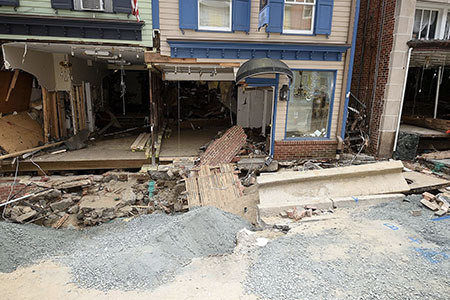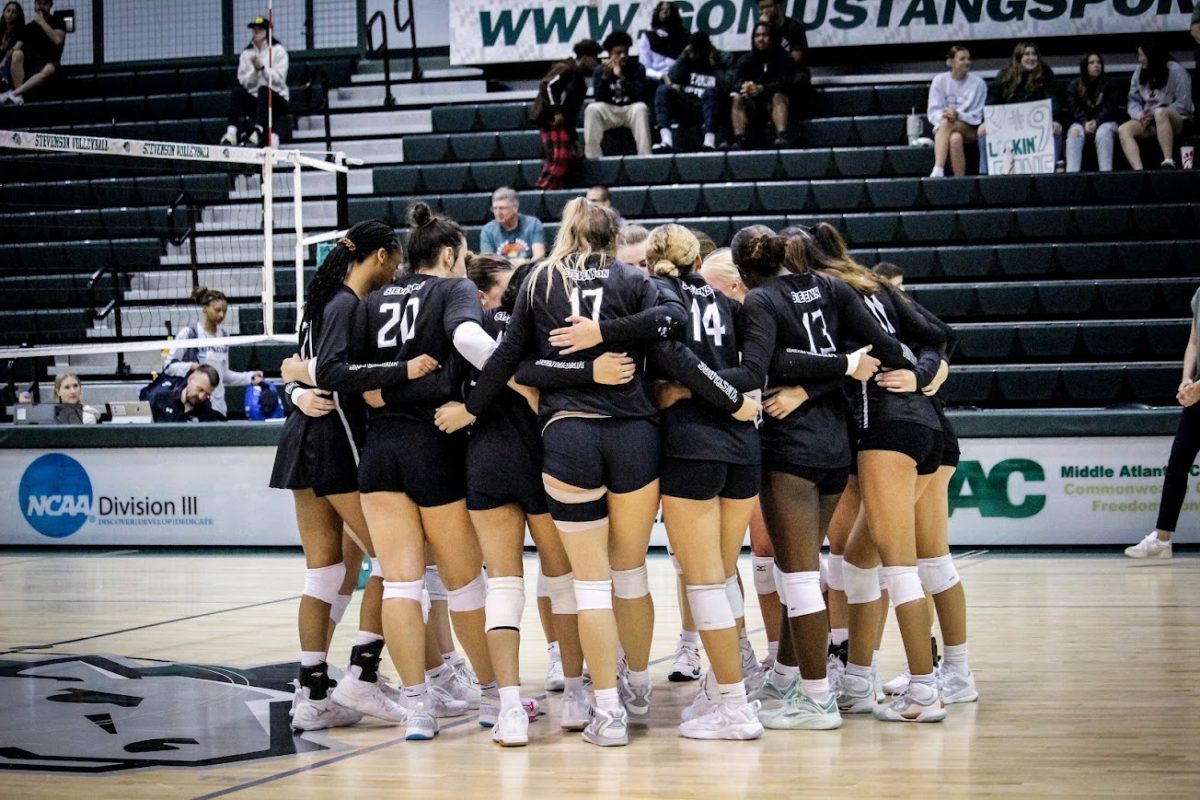What makes a home? For most, home is rooted in a place—often the one in which we grew up. So, what happens when home is torn up from its roots?
 That’s what happened to my home, Ellicott City, in the most literal sense. July 30, 2016, marked what meteorologists deemed a ‘1,000-year flood’ in the historic Maryland town. I was sitting in the comfort of my own home, three miles from Main Street, huddled by the TV with my family as the news poured in. That Saturday night, what began at a moment’s notice blurred into a seemingly never-ending stretch of time. With every refresh of my Facebook and Twitter feeds, another inch of water drowned a familiar business; another person gasped for help. All we could do was sit in the deafening shock of it all and witness the tragedy unfold.
That’s what happened to my home, Ellicott City, in the most literal sense. July 30, 2016, marked what meteorologists deemed a ‘1,000-year flood’ in the historic Maryland town. I was sitting in the comfort of my own home, three miles from Main Street, huddled by the TV with my family as the news poured in. That Saturday night, what began at a moment’s notice blurred into a seemingly never-ending stretch of time. With every refresh of my Facebook and Twitter feeds, another inch of water drowned a familiar business; another person gasped for help. All we could do was sit in the deafening shock of it all and witness the tragedy unfold.
After more than two months of recuperation, Old Ellicott City reopened its streets. Many of the sidewalks, formerly tattered with time, were paved anew with black asphalt. The landmark clock, which had stood tall on Main Street for years, was swept away in the flood, only to be later recovered deluged in the Patapsco River; according to the Baltimore Sun, the clock was stuck at 9:20—around the time floodwaters overtook the city. Although the city had been weathered, its charm was infallible, and its community stronger than ever. EC Strong—inscribed across handcrafted jewelry, shirts, mugs, and other memorabilia—commemorated the resilience of the city and its people.
However, what everyone thought was a ‘1000-year flood’ struck Old Ellicott City again just 22 months later. On the afternoon of May 27, 2018, my family and I were driving to dinner at The Trolley Stop when a police car sped to a halt in front of us, preventing us from turning left at the traffic light into Main Street. In the span of just two hours, the seemingly harmless rainfall poured 8 inches back into the city’s streets, morphing and rendering it practically unrecognizable, irrevocably altering the lives of those in its wake. A crater-like sinkhole still marks the road where our car sat just a few hours earlier that day. Almost a foot of debris engulfed the streets in the aftermath; many of the buildings are now boarded up and vacant, sidewalks caved in—driving through it months later, it looks like a ghost town.
When your home is inherently a flood zone, when is it worth saving? Outsiders who watched the news from afar were quick to wonder why residents and business owners chose to persevere rather than simply pack up and leave. One word: community. Old Ellicott City has always been saturated with community, and no matter the cataclysm, people always showed up to rally for the cleanup.
Gretchen Shuey, owner of Main Street’s coffee hub Bean Hollow, reflected on this to her Facebook audience: “I lived for a passion I didn’t even fully understand at the time, but learned was a desire to be connected to and of service to a community. […] When you can’t seem to help yourself, help others, and you will find that you have helped yourself in the process of being of service to others.”
At what cost, though? Business owners and residents can’t ignore the reality behind the city. Shuey herself said, “…as badly as we want to come back, we cannot in good conscience rebuild in E.C.,” struggling to abandon ship but not willing to inevitably risk putting her employees in danger’s way after the second time around. Many of the businesses alike don’t have the financial or emotional capacity to navigate reopening again after the first time. “Every rainfall, every radar image of a storm, every gathering of clouds was a trigger,” Shuey wrote on Facebook.
Now, some of the businesses won’t have a choice. According to the Baltimore Sun, a new flood mitigation plan is being proposed by Howard County which will raze at least 19 of the buildings toward the bottom of the Main Street to make room for expanding the waterways, forcing some residents and owners to relocate. Alongside Bean Hollow, some of the beloved buildings slated for demolition are the Phoenix Emporium and Portalli’s restaurant.
The proverbial “home is where the heart is” holds true, and with each undoing of Old Ellicott City’s historic character, another piece of heart goes with it. Yet even if Main Street is left in the dust, my memories of the city I grew up in still take me by storm.
































































